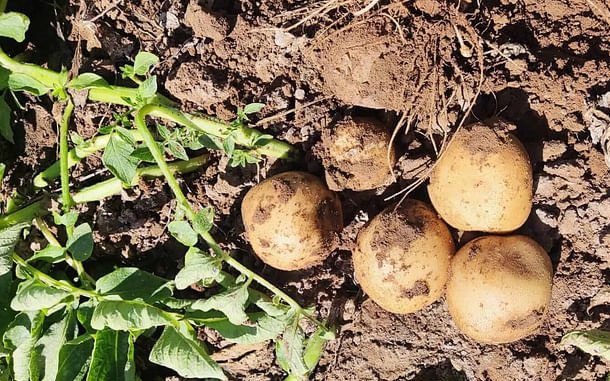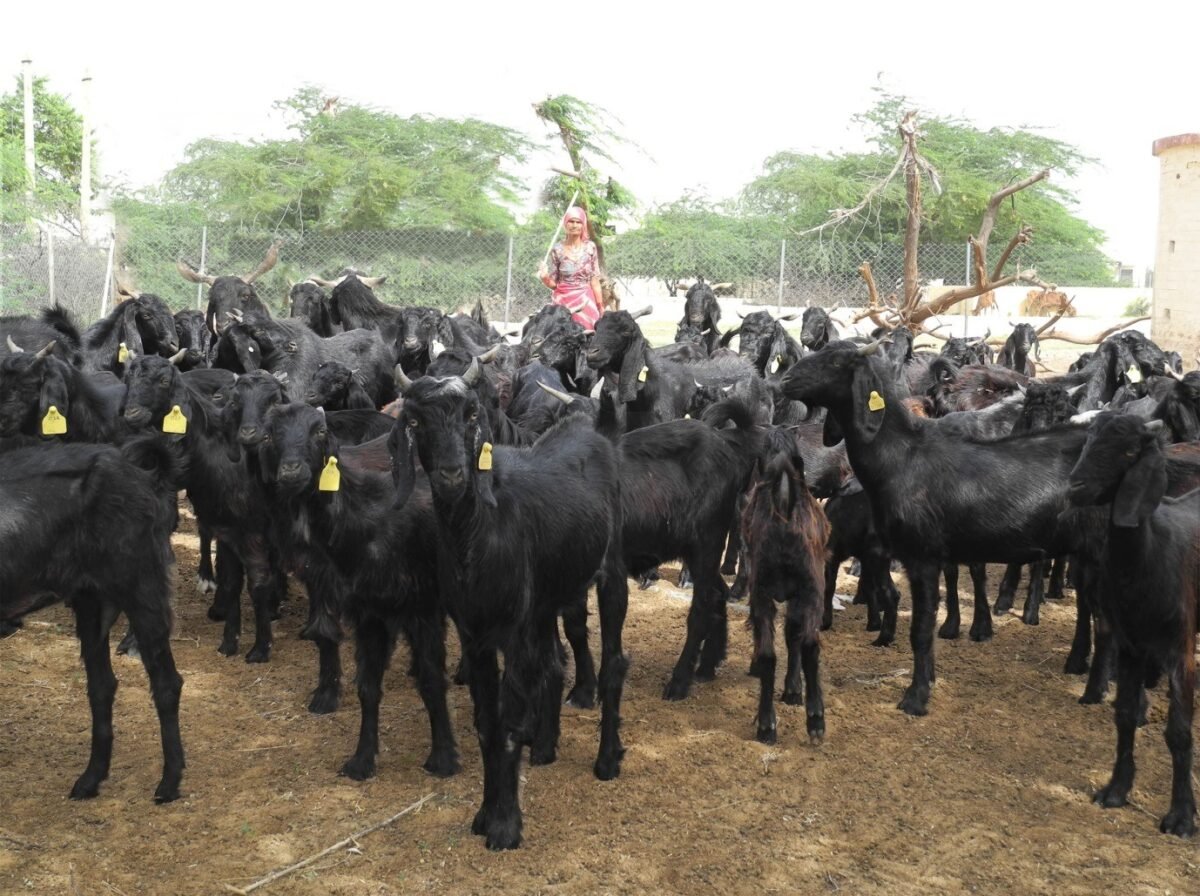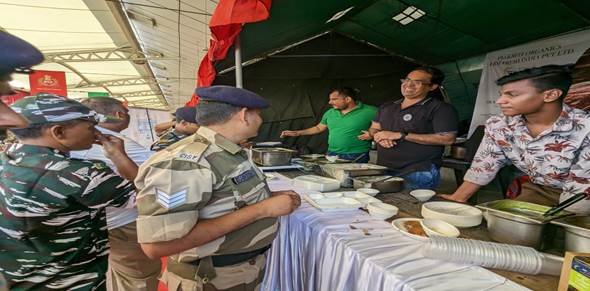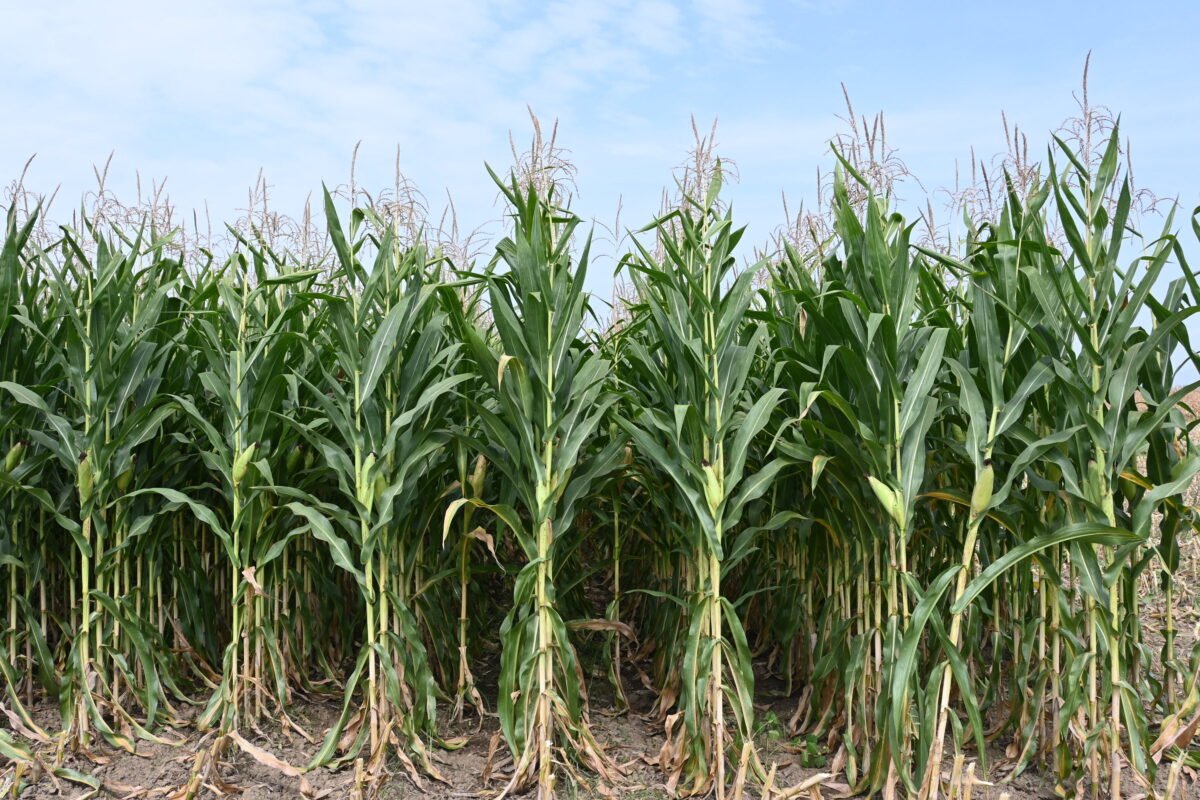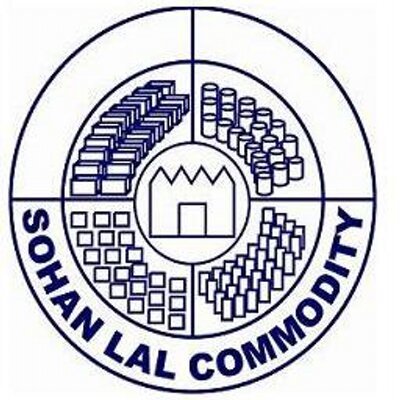Syngenta, Potato Sustainability Alliance partners to enhance on-farm sustainability
By using Syngenta’s Sustainable Outcomes for Agriculture (SOA) standard and Cropwise™ Sustainability mobile application.
Syngenta Canada announced a partnership with the Potato Sustainability Alliance (PSA) to bring on-farm sustainability insights on potato production using Syngenta’s Sustainable Outcomes for Agriculture (SOA) standard and Cropwise™ Sustainability mobile application.
Recognizing a need to collect and communicate sustainability progress seamlessly, PSA initiated a search for a turnkey solution to bring credible and actionable insights to over 550 potato growers across North America.
Syngenta, a PSA member company, felt that the Cropwise Sustainability app could meet the needs of the PSA Program, given its history and proficiency in developing grower-focused technologies. After a rigorous review by the PSA Program Design Team and staff, PSA’s Board of Directors selected Syngenta and the Cropwise Sustainability app as their on-farm self-assessment tool for the PSA Program.
Since joining forces, Syngenta and PSA have collaborated to tailor Cropwise Sustainability’s interface to support a diverse group of potato growers, processors, and other industry partners in their sustainability journeys – identifying conditions unique to potatoes and adapting application questions accordingly.
Liz Hunt, Head of Sustainable and Responsible Business at Syngenta said, “Our standard is applicable to all crops and farming systems, but every crop has different requirements. Working closely with the PSA team allowed us to customize specific questions and reports to make Cropwise Sustainability the tool of choice for potato growers.”
Understanding that sustainability goals are impossible to achieve alone, the partnership will allow Syngenta and PSA to accomplish the following:
By leveraging collective capabilities and resources, both organizations are positioned to support a diverse set of players at scale and accelerate sustainable progress more quickly.
Provide PSA’s members with insights backed by the SOA standard from Syngenta, which is benchmarked at the Gold Level Equivalent to the Sustainable Agriculture Initiative Platform’s Farm Sustainability Assessment v.3.0 and supports growers’ confidence in the global credibility and legitimacy of their results.
Through Cropwise Sustainability, participating PSA members and growers now have a standardized approach to collect and assess their progress, enabling seamless communication with stakeholders across the potato value chain.
Natalie Nesburg, Program Manager at PSA commented that our goal is to streamline the data collection and reporting process by using tools that align with our program framework and are already widely used and recognized within the industry.”
“Our Program is designed to meet our members’ sustainability reporting needs, so by collectively adopting and utilizing tools within our program, we can work towards shared objectives while avoiding duplication of efforts in the process.”
Tara McCaughey, Head, Technology Solutions and Sustainable Agriculture, Syngenta Canada said, “We’re thrilled to partner with PSA and the opportunity to offer Canadian potato growers a tool that supports their efforts”
By using Syngenta’s Sustainable Outcomes for Agriculture

